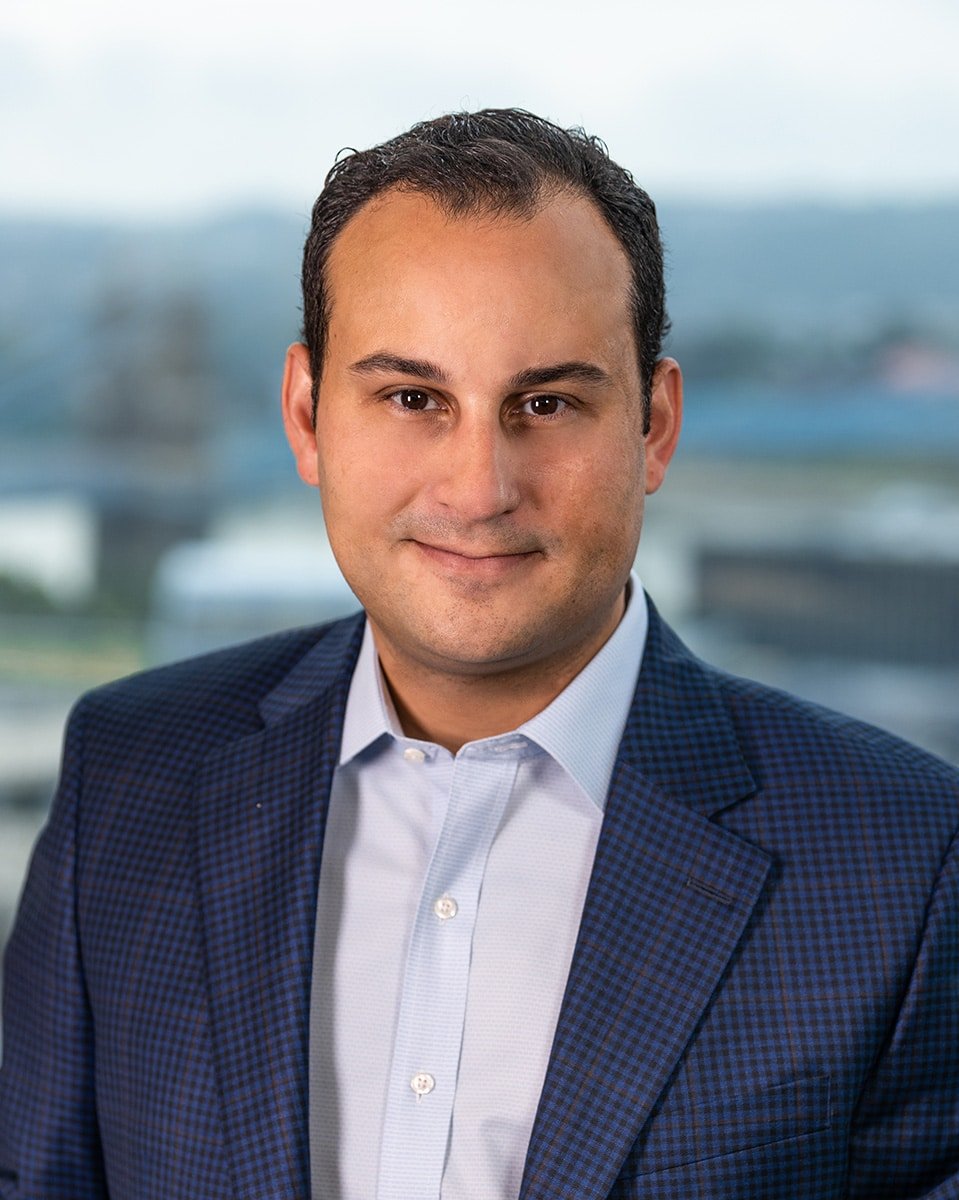3 Takeaways from 2023 Medical Staff Services Survey


Significant shifts in healthcare delivery are putting higher demands on medical staff office teams who credential, privilege, enroll, and re-credential physicians and advanced practice providers.
To better understand the biggest challenges and opportunities facing healthcare credentialing leaders, we conducted a 2023 State of Medical Staff Services Survey. Nearly 700 medical staff professionals, credentialing managers, and quality managers across health systems, hospitals, and large physician group practices took the survey.
The results revealed three major themes:
- Resource constraints: There is constant pressure to do more with less people
- Data overload: Credentialing teams are toggling between too many systems to manage data
- Inefficient processes: Labor-intensive processes with little automation are causing credentialing delays and backlogged claims
The impact of turnover
What stood out most to me from the survey findings was the huge impact turnover is having on credentialing teams: 64% of survey respondents reported that turnover is impacting their department, of which 30% said it’s impacting day-to-day operations, causing an unmanageable backlog. For context, when we conducted a similar survey two years ago, 36% of respondents stated that staff shortages were impacting their department.
As a physician, this is concerning for several reasons. For one, hospital mergers and acquisitions and medical group consolidations will continue to rise, causing spikes in credentialing volumes for medical staff office teams. Without enough credentialing specialists to manage the spike in volume, backlogs will grow, drawing out the process even longer and delaying the initiation of patient care.
Another reason turnover concerns me is in regard to process. The credentialing and privileging process is essentially a big checklist, where one person must wait for the next person to complete their task to move forward with the process. If someone leaves or a new hire is being trained, the process slows. The longer the process takes, the more frustrating it becomes for physicians and administrators.
One way to reduce workload intensity and speed up the process is to swap manual workflows for automated workflows.
The fact that only 25% of survey respondents stated that workflows are automated — meaning the software notifies the next person in the workflow —speaks volumes for how automation can help counteract turnover and low retention rates.
INFOGRAPHIC: Top Challenges Facing Healthcare Credentialing Teams
The impact of data overload
My second biggest takeaway from the survey results was around data overload and the need for one central source of truth and one database to serve up all your information. “Drowning in data” is a phrase respondents shared when asked about their biggest job frustration.
As program director of a residency program, I experience this issue firsthand every July when I receive an overwhelming number of training verification emails, calls, faxes, etc., some of which are duplicate requests.
Medical staff office teams are struggling to collect, manage, and maintain massive volumes of data because they are toggling between multiple systems and solutions to complete the credentialing and enrollment process. On average, teams are using 3.3 software solutions and spreadsheets to manage the provider data lifecycle. Consequently, they must enter the same data 2.6 times into different systems.
Data silos make it difficult to identify expired certifications, monitor ongoing credentialing requirements, and track disciplinary actions, exposing organizations to legal and financial risk. When physicians and staff can access a centralized system, sharing and exchanging information becomes faster and easier, reducing administrative burden.
The impact of inefficient processes
I believe the healthcare organizations with the best outcomes have standardized processes. If an organization isn’t performing credentialing well because of inefficient processes, the greater chance for mistakes.
One statistic that stood out to me pertained to privileging and linking it to quality metrics. Only 26% of respondents said they have a successful mechanism in place for linking competency measures to a physician’s privileges. This is important because patients need to be assured that their gastroenterologist, for example, has not only performed 500 colonoscopies but has also performed them safely and successfully. Quality data that feeds into the privileging process provides an extra layer of quality and safety.
Medical staff office teams are the first line of protecting patients and ensuring the most qualified, competent physicians walk through the door to deliver the safest and highest quality care. It’s critical we equip these teams with automation, faster workflows, and modern technology to make the credentialing process simpler and more efficient for everyone involved.
